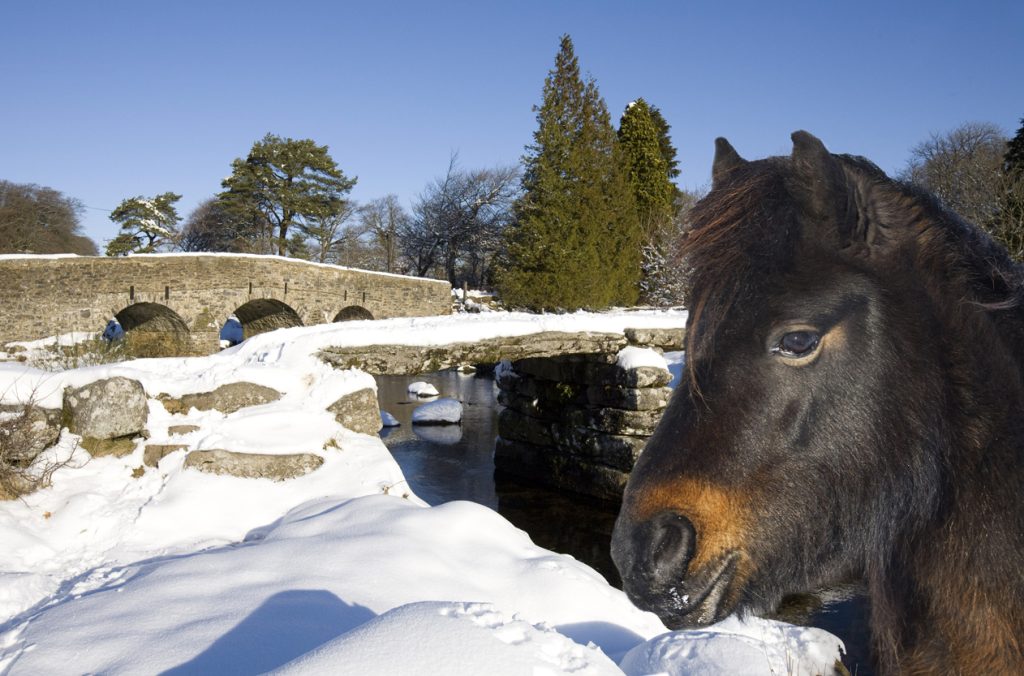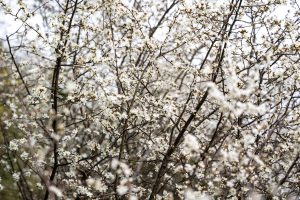Dartmoor Tales
Devon enjoys one of the mildest climates in Britain, but that does of course depend on where you are and the weather conditions at the time. From the mild south coast of the English Riviera to the chillier heights of Dartmoor, average temperatures can range from just a few degrees in winter, to well over twenty in summer. Combined with one of the most varied rock types in the UK, from the dinosaur rich sands in the East to the more ancient limestones of Torbay and Plymouth. Not forgetting the bogs and tors of Dartmoor’s once-molten granite. A county reflected in its astonishing plant variety that helps make the wildlife of Devon is so rich. A season marked by the arrival of huge flocks of wintering birds escaping an impending arctic winter. Compared to where they have come from, Devon must seem almost exotic. Temperatures here can vary widely across the county. While Torbay often remains free of snow from one year to the next, the high tops of the moors can shiver with weeks of snow and ice. In the depths of a Devon winter, while thousands of wildfowl and wading birds wade, peck and probe the estuary mud flats for a tasty morsel, elsewhere on the same day Dartmoor can seem positively sub-arctic. Yet this is where our largest and most charismatic free roaming native creature has survived for thousands of years – the Dartmoor pony. A rare breed with an ancient history, distinct from the now more common multicoloured hill ponies.
Not that I am biased but Devon is amazing. One of the most species rich and wildlife diverse places in Britain. A landscape that varies from heath and moorland, to ancient oak wood, sand dune, wetland and lime rich rocks, seemingly surrounded by endless green fields and two very different coasts. Each of the shores supporting a wealth of marine life. Add volcanic rocks and sediments laid down over hundreds of millions of years, this is the only county on earth to have given its name to an entire period of geological time – the Devonian. Known as the ‘Age of Fishes’ from a time near the first explosion of complex life on our planet. Today Devon’s variety of plant life alone is enough to give any budding botanist a headache. But generally, the higher you go the harsher the conditions. This results in a smaller variety of fascinating plants and more specialised, often rarer animals. Including many endangered insects and birds.
Of all the National Parks in the world, Dartmoor is one of the earliest designated and best-known. The largest and last great wild landscape in southern Britain. A world away from the surrounding, more mild rolling countryside. Not surprisingly, this upland is rife with legends and was the setting for many famous stories. From Sir Arthur Conan Doyle’s ‘Hound of the Baskervilles’, based on the legend of a ghostly great hound, to Agatha Christie’s ‘The Sittaford Mystery’, that began with a séance in a mist enshrouded moorland village. Later followed by Michael Morpurgo’s ‘War Horse’ and Ruth Rendell’s ‘Master of the Moor’. All books that have since been made into epic films. One of the most recent by Ruth Rendell was featured in three television episodes with several well-known actors and a relatively new talent. A film that was especially memorable for me when I briefly became involved in the production. Filming and directing a young Colin Firth. But that as they say is another story.
Andrew Cooper



